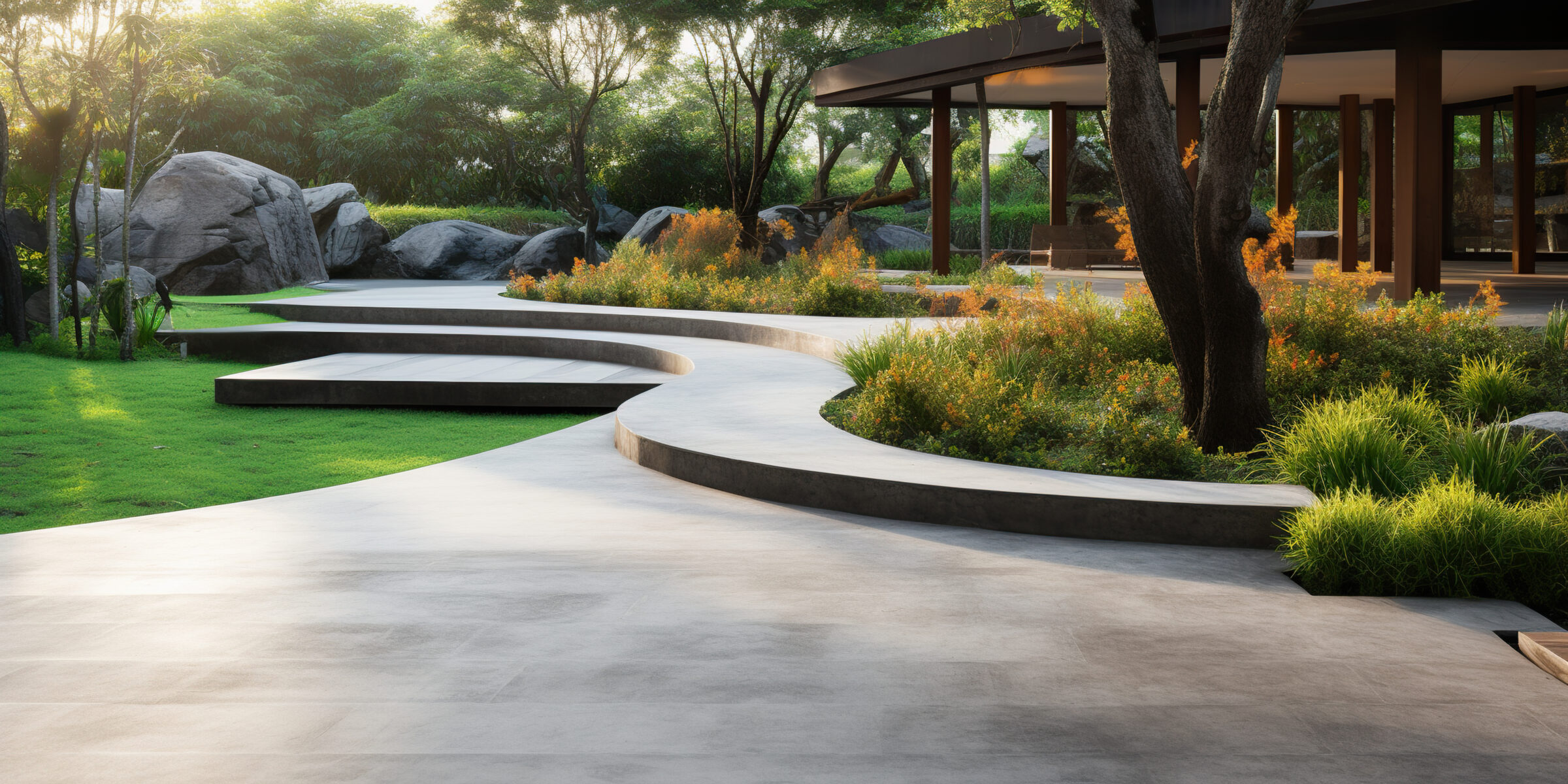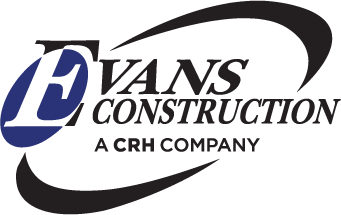Best Methods for Mixing and Pouring Concrete for Outdoor Spring Projects
March 8, 2024

As spring arrives, outdoor projects demand attention. Whether tackling an overgrown garden, restoring a worn pavement, or constructing a new grill station, the use of concrete is often inevitable. However, the process of mixing and pouring concrete surpasses a simple combination of water and cement. It is an art requiring precision to ensure durability, aesthetics, and cost-effectiveness for your spring project.
Preparation for Mixing and Pouring Concrete
Choosing the Right Type of Concrete
Not all concrete is made equal and there’s a reason for it. Its varieties differ significantly. Quick-set concrete, setting within 20 to 40 minutes, is perfect for small assignments like post setting or fence installations. Conversely, high-strength concrete offers the kind of durability that’s needed for weighty structures or areas with high traffic. The point here is that application determines the type, so choose wisely.
Tools and Materials Needed
Armed with an appropriate concrete type, gather the necessary tools and materials for the project. Essential equipment includes a concrete mixer to ensure a consistent blend of all ingredients, a wheelbarrow for convenient transportation of the concrete mixture, and trowels for spreading and shaping the concrete. For materials, this means quality concrete mix, adequate water supply, and the perfect balance of fine and coarse aggregates.
Preparing the Site
Preparation of the site is equally important and involves several steps to provide a suitable foundation for the concrete. Clear the area of any debris, stones, or grass that could interfere with the pour. Follow up with the accurate measuring of the area to uncover the volume and shape of the concrete required. Depending on the project, there may be a need to create Molds or frames to hold the concrete mixture in place as it hardens. Managing these steps leads to efficiency and it increases the chances of the best income.
Mixing the Concrete
Ratios and Proportions
Just like a recipe, having the ideal water-to-cement ratio leads to a quality final product. The ratio is an indicator of strength, which results from dividing the weight of water by the weight of cement used in the mix. The higher the ratio, the weaker, and more pliable the concrete is. Conversely, a lower ratio leads to stronger concrete, while also making it less pliable and more difficult to work. Finding the correct balance is crucial, especially for outdoor projects where the finished structure will need to withstand harsher weather conditions.
Mixing Techniques
If a project is smaller and doesn’t require a great deal of concrete, mixing in a wheelbarrow could be the best route to take. This involves pouring dry concrete into the wheelbarrow, carefully adding water (as specified on the concrete packaging), and then manually stirring the mixture with a shovel to get an even distribution.
For projects on a larger scale, consider using a concrete mixer. This appliance simplifies and speeds up the process significantly. Start by loading the mixer with the necessary materials. Gradually add water as the mixer is running, and let it work until a consistent, workable mix is achieved. Note that too much water can weaken the concrete and affect its durability, so be a precise as possible. If the project is more than a few yards, it might be best to contact a local concrete mixing plant and have them deliver it, pre-mixed.
The goal when mixing concrete, regardless of the method, is a consistent mix. Consistency equates to strength in the finished product. To ensure even distribution of materials, always follow the recommended water-to-concrete ratios and thoroughly blend until the mixture has a uniform color and texture.
Pouring the Concrete
Timing and Weather Considerations
The best time of day to pour concrete is early in the morning or late in the afternoon, avoiding the peak heat of the day. Pouring in excessively hot weather can lead to quick drying, which may cause cracking. During colder weather, which is less than 50 degrees Fahrenheit, concrete might not harden properly. So, choosing a day with moderate temperatures is always beneficial. That’s why spring remains an excellent season for outdoor concrete projects.
However, temperature is not the only factor. Rain can be just as disruptive. That’s why checking the weather forecast ahead of the planned pour is important. A sudden downpour can ruin newly poured concrete. If there’s a high chance of rain, it might be best to reschedule for another day. Similarly, windy conditions can lead to quick drying, and affect its strength and durability. Aim for a calm, clear day with no severe weather predicted.
Pouring Techniques
When pouring freshly mixed concrete into molds or frames, it’s key to:
- Clear the way from the mixer to the mold or frame to avoid spillage and waste.
- Transfer concrete into the mold or frame using a wheelbarrow or a bucket.
- Pour the concrete in a slow, controlled manner, starting from one end to the other. This ensures an evenly filled mold or frame.
- Fill the mold or frame slightly over its rim to allow for settling.
Leveling and spreading the concrete will help with a smooth, uniform finish. Be sure to be mindful to:
- Directly after pouring, use a shovel or rake to distribute the concrete around the mold or frame evenly, ensuring it reaches the edges.
- Tap the sides of the mold gently with a hammer or rubber mallet. This helps remove any trapped air and promotes consolidation.
- With a two-by-four lumber, level the concrete by running it along the top of the mold or frame with a back-and-forth sawing motion. This is known as screeding.
- After screeding, use a bull float or a concrete float to smooth out the surface and fill any voids.
- Now, let the concrete cure to achieve its strength. Time can vary from a few hours to days based on the type of concrete and weather conditions.
Finishing Touches
Smooth Finish: This is the go-to finishing option for achieving a sleek and modern look. Highly reflective, a smooth finish can make a space feel larger and brighter. It’s a popular choice for indoor spaces, but can also be used outdoors, provided the surface isn’t exposed to high traffic or wet conditions, as smoother surfaces tend to be more slippery.
Brushed Finish: For projects requiring extra traction, a brushed finish is often the best choice. The textured surface is created using a broom and provides a safe footing even when it’s wet, making it ideal for outdoor spaces like walkways and pool surrounds. Plus, brushed concrete offers a rustic, earthy look that blends well with natural outdoor decor.
Patterned Finish: If something creative and versatile is needed, a patterned finish could be the right call. Methods such as stamping concrete can recreate the look of brick, cobblestone, or even wood, providing plenty of options to customize the visual. Patterned concrete is a practical choice too, offering good slip-resistance and durability.
Using the right methods for mixing and pouring concrete is obviously important. A quality mix is recognized by consistency, proper ingredient blending, uniform color, and even troweling. Whether manual mixing, machine mixing or having Ready Mix Concrete delivered, water, cement, and aggregate proportions remain the top priority. When it’s time to pour, expert timing and technique make all the difference. The goal is a smooth pour, which means the right weather conditions, the best pouring practices and quality finishing touches. Then all that’s left is to enjoy it!

